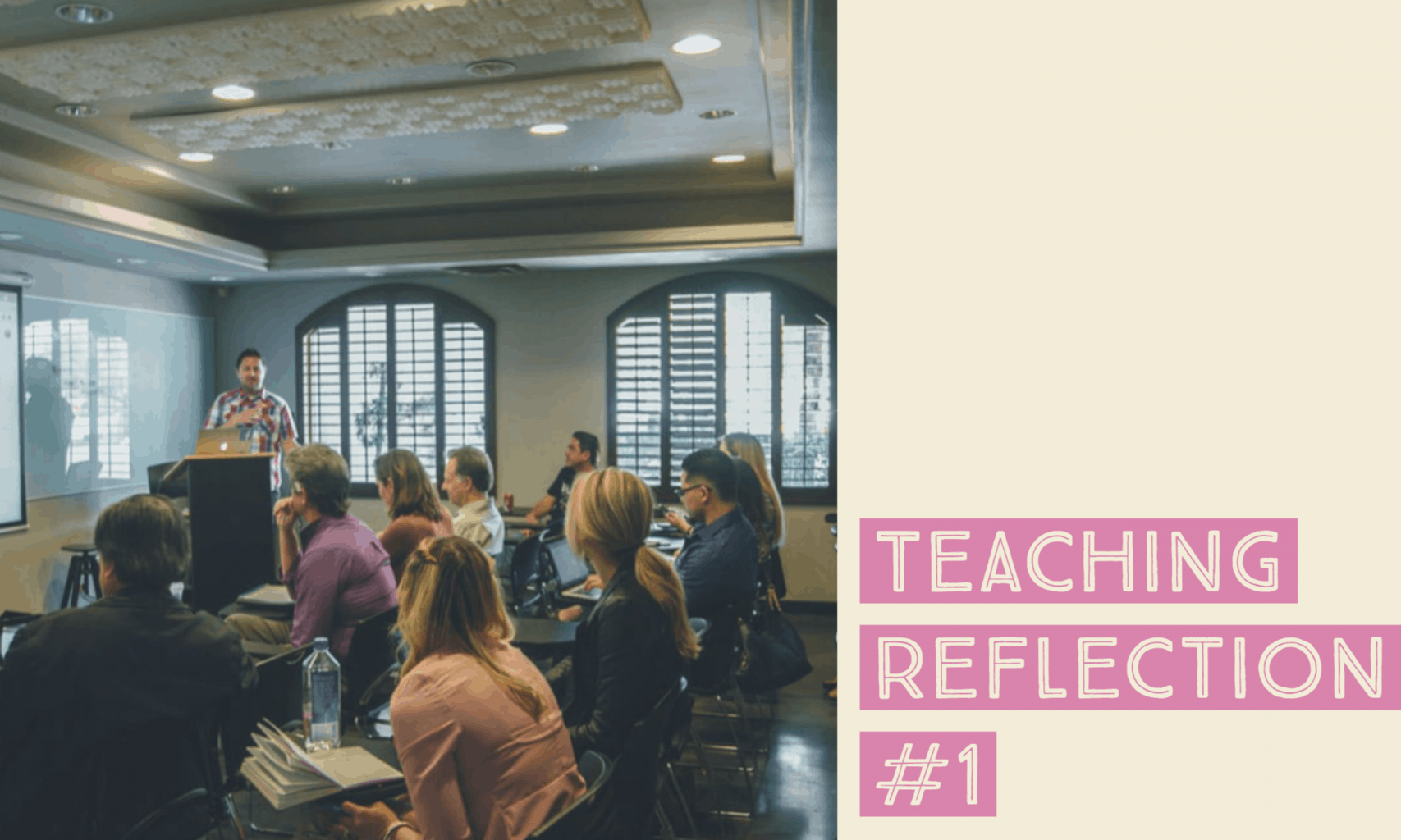This lesson is one in a continued unit that focuses on the finding and use of literary devices in both texts and other forms of media such as videos, music, and etc. This is meant for an 8th grade humanities classroom. The students will have just finished watching the Lion King in class.
In this lesson, we will be studying and examining the meaning of symbolism and how it shows up and is found in text and different forms of media. In particular, we will be working with the animated film version of Lion King. When the students watched the film, they will have been observing and accumulated an awareness of different objects, events, or ideas that may have a deeper meaning/symbolism. Students will be introduced to a short clip expanding on what symbolism is. The students will then take this understanding and context from the film to point out an example of symbol from the film.
To start off the lesson, the students will be introduced out loud to a definition of symbolism. Their will be a time for any starting questions or such about symbolism. Next, the teacher will play a short video clip that expands on what symbolism is. After the video, the teacher will ask once again if student’s have any clarifying questions or concerns. From this point, the teacher will ask the students to get out their laptops and open up to create a new google slides/PowerPoint/Keynote. The students will then choose an object, idea, activity, or event from the film that they believe is a symbol and find pictures of the object, idea, activity, or event and put a picture on the slide. For the slide/picture, the student will write three sentences that describe how that idea, activity, or event is represented in the story. Once these initial 3 sentences are written, the student will go back and insert a word in which they believe summarizes the symbol of that object, idea, activity, or even. The student will test it by plugging that word into the same three sentences for the photo/slide that they created. If that word makes sense and fits in the sentences, then most likely they have discovered what that object, idea, activity, or event may represent in the film the Lion King. There is also a PowerPoint attached with these instructions and an example.
Resources
https://edmethods.com/wp-content/uploads/2019/10/Methods-lesson-2.pdf






